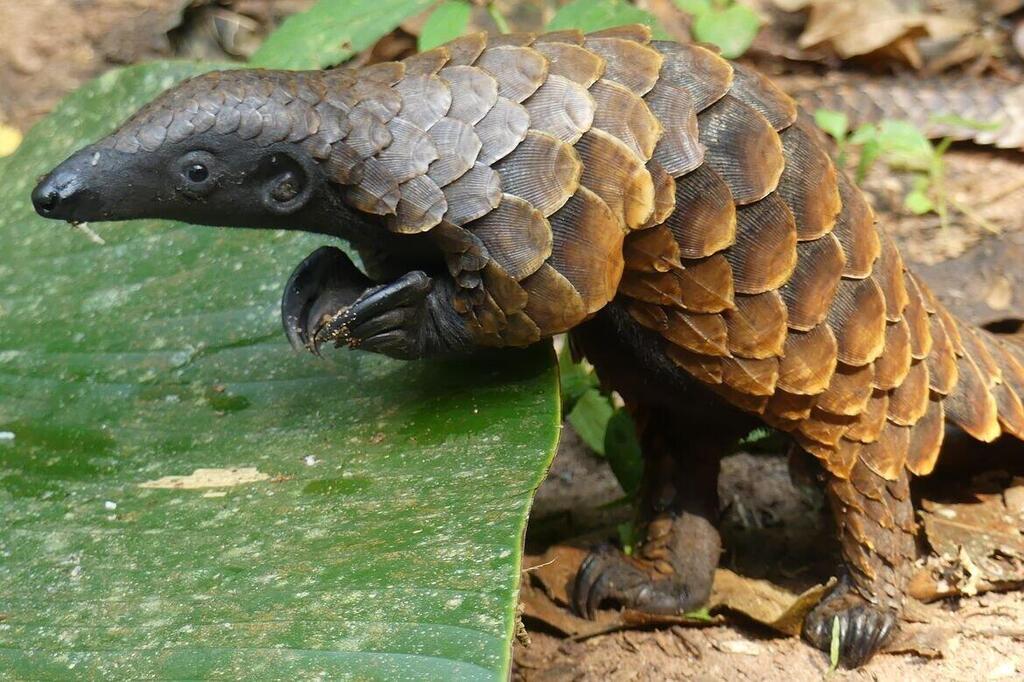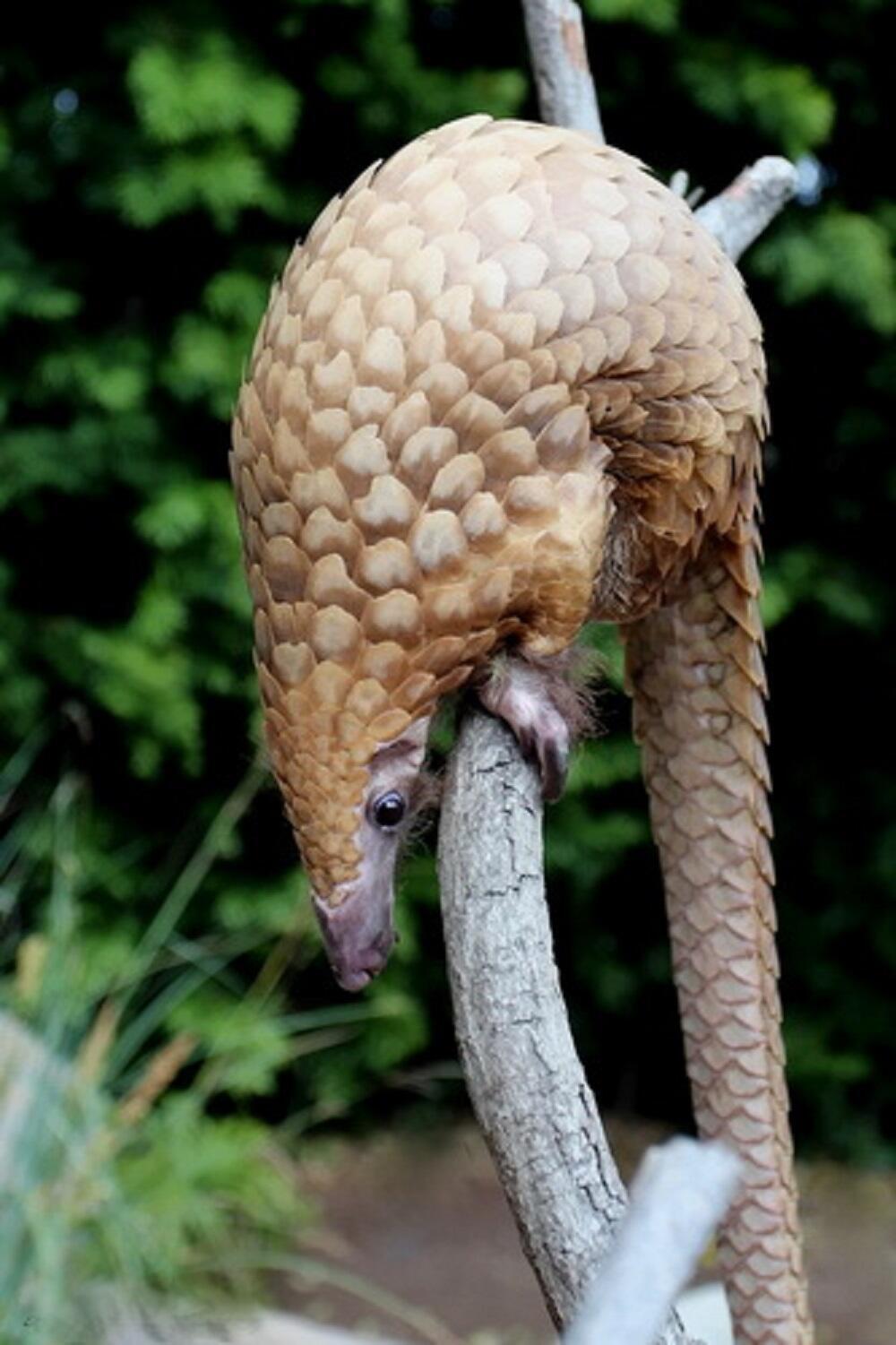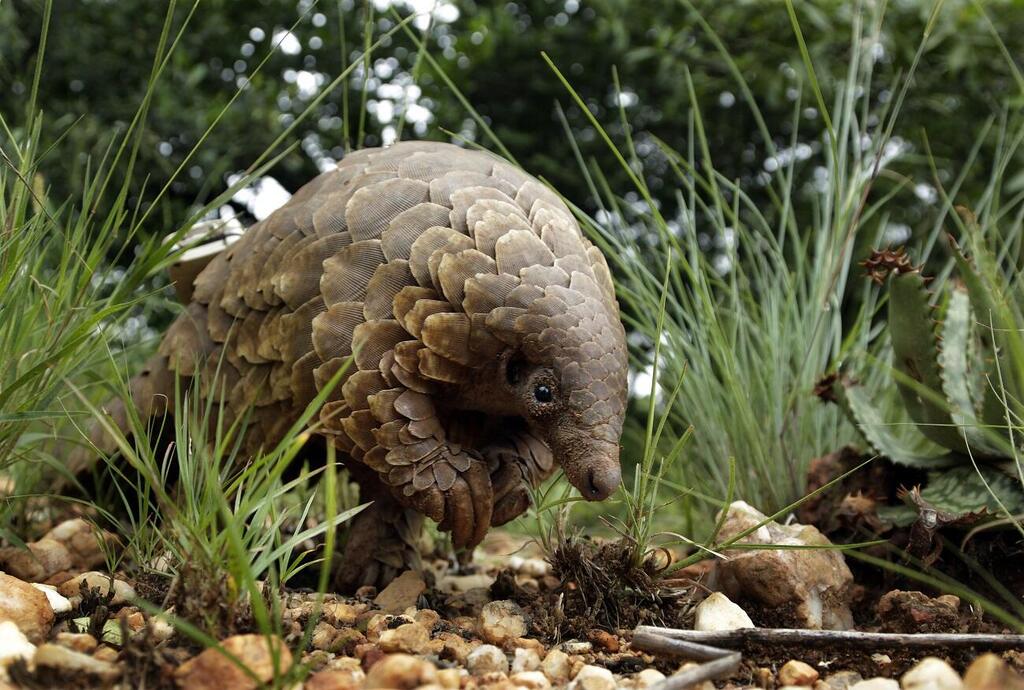Knowledge about the pangolin, a uniquely armored insectivorous mammal found in Asia and Africa, is limited. Now, a new study reveals what its researchers called a "scientific surprise," highlighting the animal’s extraordinary nature.
More Stories:
Researchers discovered that the female tree pangolin, a species of pangolin found in Southeast Africa, has 114 chromosomes, more than any other mammal except for the Bolivian bamboo rat, which has 118 chromosomes, and significantly more than humans, which have 46 chromosomes.
The significance of this finding arises when the tree pangolin is compared to other pangolin species, which typically have a range of 36 to 42 chromosomes.
The study, published in the journal Chromosome Research, also identified additional genetic peculiarities in the species. They observed that male tree pangolins have 113 chromosomes, a surprising deviation since most species have a similar number of chromosomes in both males and females.
"This is a unique finding on Earth," said Jen Tinsman from the Center for Tropical Research at the University of California, who took part in the study. Tinsman collaborated with her colleagues from the University of California and several other universities and research institutions worldwide, as well as zoos and conservation organizations.
The aim of the research was to list information about the species’ genome to support pangolin conservation efforts since all four pangolin species are endangered.
One of the reasons why little is known about pangolins in Asia and Africa is that they are difficult to rear in captivity for study purposes. Only a few zoos have been successful in doing so, as it is challenging to locate and track them in the wild because the animals detach from tracking devices placed on them, by rubbing against tree trunks.
What researchers do know about these animals is that they dig and use their long tongues to eat ants, termites, and other insects. Some species, like the tree pangolin, live in trees and hang from their trunks and branches, while others live in burrows.
When they feel threatened, different pangolin species roll up into a ball, causing predators to strike at them without much success before they usually give up and leave.
Other than its scientific value, the research has provided valuable genetic resources for conservation efforts, particularly regarding combating the illegal hunting of pangolins, which is the main reason for their endangerment.
Pangolin scales are illegally sold in international markets for use in traditional medicine, at prices ranging from $10 per pangolin to over $1,000 in global markets, where they are considered an exotic delicacy. "I’ve seen pangolin scales traded alongside firearms, counterfeit IDs, and drugs,” Tinsman said.
The use of genomics can help identify which species of pangolins serve as sources for the products sold in markets, both legal and illegal. Furthermore, the findings can assist conservationists and other researchers in understanding the differences between the four different species.
"Understanding chromosomes and gene structure is important for the conservation of all pangolin species because it can determine how we manage their populations,” Ryan Harrigan, from the Tropical Research Center at the University of California, said.
“If significant genetic differences are found between two groups, then they can be managed differently," he added.
"This study is an excellent example of how research focused on saving an endangered species can also advance basic science,” Thomas Smith, from the Tropical Research Center, explained.
It's an incredible species that humans hunt and contribute to its extinction, which saddens me," He added that similar genomic research is planned for the future in order to try and contribute to the preservation and protection of other pangolin species.




